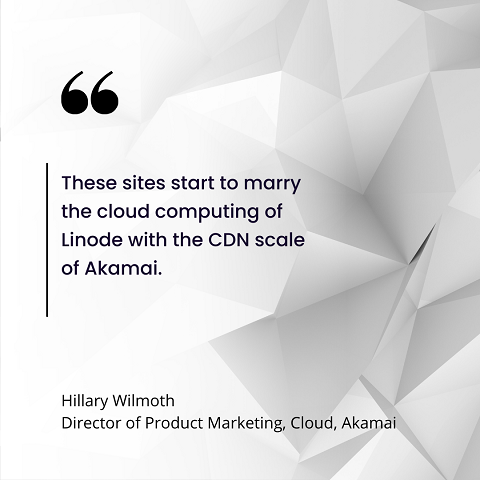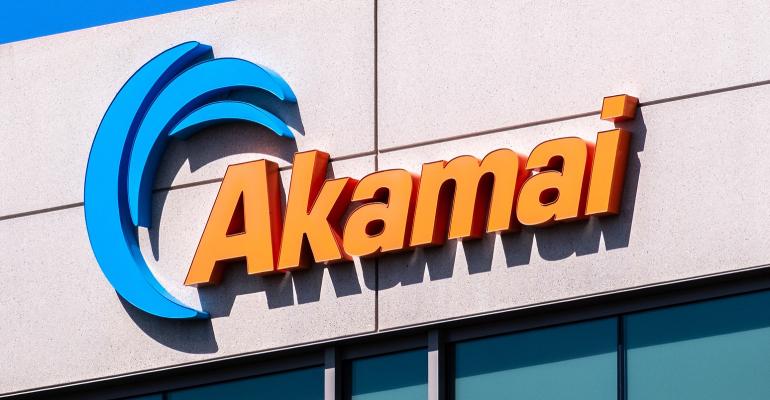Akamai continued to advance its cloud ambitions this week, with the announcement of new services and cloud locations around the world.
For much of its history, Akamai was primarily known as a content delivery network (CDN) and security service provider. That changed in 2022, when Akamai acquired alternative cloud provider Linode in a $900 million deal. Earlier this year, Akamai outlined its Connected Cloud strategy, which ties together its CDN and edge network assets with its Linode public cloud footprint, an approach designed to create more value for end users.
With this week's news, Akamai is delivering on some of its Connected Cloud promises by expanding its public cloud sites and services. The new services include premium cloud instances, more object storage capacity, and a new global load balancer. The five new sites are located in Paris; Washington, D.C.; Chicago; Seattle; and Chennai, India.
Hillary Wilmoth, director of product marketing, cloud computing, at Akamai, told ITPro Today that the locations of new sites were selected based on customer feedback and to bring computing services closer to users as part of the Akamai Connected Cloud strategy.
"These sites start to marry the cloud computing of Linode with the CDN scale of Akamai," she said.
Akamai Connected Cloud Debuts New Public Cloud Services
A primary element of any public service is some form of virtual compute instances. As part of the new updates, Akamai introduced what the company refers to as "premium" instances.
Premium instances guarantee compute resources, a minimum processor model (currently an AMD EPYC 7713), and easy upgrades to newer hardware as it becomes available, Wilmoth explained.
"Premium CPU instances enable businesses to design their applications and infrastructure around a consistent bare minimum performance spec," she said.
Storage capacity is also getting a big boost. Akamai is now expanding its object storage bucket size to a maximum of 1 billion objects and 1 petabyte of data per storage bucket, representing a doubling of prior limits.

The other new piece of Akamai's public cloud service is the Akamai Global Load Balancer. The new load balancer expands on capabilities that Linode had been offering with its NodeBalancers service. Linode NodeBalancers direct traffic from the public internet to instances within the same data center, Wilmoth said. For example, a NodeBalancer can distribute traffic evenly between a cluster of web servers.
In contrast, she said the Akamai Global Load Balancer provides load balancing based on performance, weight, and content (HTTP/S headers, query strings, etc.) while being able to support multi-region or multicloud deployments, independent of Akamai.
The Future of the Akamai Connected Cloud
The new sites and services are all part of the momentum that Akamai has been building since its acquisition of Linode.
Wilmoth said the vision is to build a cloud for the future that challenges the existing centralized design of current cloud architectures. Looking forward, she said to expect the Akamai Connected Cloud to include additional core sites as well as distributed sites designed to bring powerful compute resources to hard-to-reach locations. Akamai is also planning to expand capabilities and capacity for object storage, including multi-cluster support for horizontal scaling and automated bucket placement to optimize resource utilization.
"We'll continue to support open source, cloud-native, and partner integrations in pursuit of portable cloud workloads that align with best practices for multicloud," Wilmoth said.
About the author
 Sean Michael Kerner is an IT consultant, technology enthusiast and tinkerer. He consults to industry and media organizations on technology issues.
Sean Michael Kerner is an IT consultant, technology enthusiast and tinkerer. He consults to industry and media organizations on technology issues.





